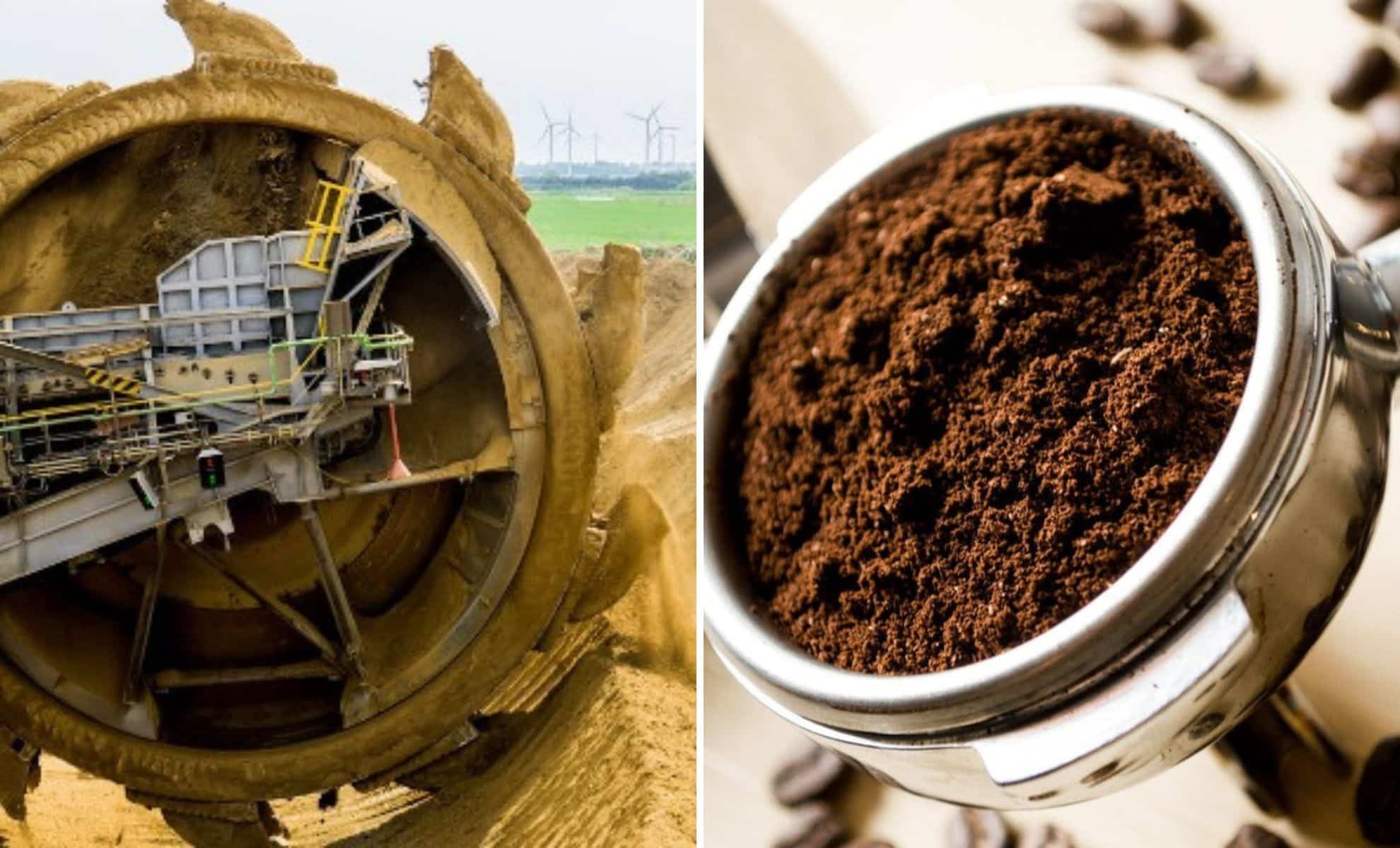
Dozens of atmospheric rivers, superconcentrated channels of water in the sky, dumped staggering amounts of rain and snow on the U.S. West Coast in late 2022 and early 2023. The intense, long-lasting storms caused more than $3 billion in damage and killed 21 people. But they also recharged California’s watersheds and alleviated the state’s stubborn drought conditions, according to new research from a team of experts in hydrology, meteorology, and geodesy.
It’s common knowledge that increased precipitation can ease both meteorological drought, which is based on the rainfall deficit and the length of a dry period, and hydrological drought, which is based on factors such as groundwater and reservoir decline. But just how much atmospheric rivers influence reservoir, groundwater, and snowpack levels can be difficult to measure.
“The Earth is squishable, and we can measure that with GPS.”
This team turned to the region’s dense concentration of Global Navigation Satellite Systems (GNSS) ground stations drilled deep into Earth, which communicate with orbiting geodetic satellites, to take a more detailed look at such influences. (GPS is the version of GNSS used in the United States.) With these data, they measured how the ground warped over time as rainwater and snowmelt coursed into underground watersheds.
The ground sinks with water’s weight and rises when water is lost. In other words, “the Earth is squishable,” said geophysicist Hilary Martens of the University of Montana, the study’s first author. “And we can measure that with GPS.” Martens and her colleagues presented their research on 9 December at AGU’s Annual Meeting 2024 in Washington, D.C.
Gaining Ground with Groundwater
Martens and her team used GNSS data to measure changes in California’s topography down to the millimeter. That allowed them to estimate gains in water storage from October 2022 through March 2023. They found that the atmospheric rivers produced some of the largest gains in the state’s terrestrial water storage in the past 17 years—more than double those of an average year.
Many areas of California also saw their severe droughts essentially end: Terrestrial water storage went from near-record lows to near-record highs for the 17-year period, and by 1 April 2023, nearly all of California and adjacent areas had emerged from meteorological drought.
“Atmospheric rivers seem to play a fairly significant role in helping regions like California…recover from drought,” Martens said. “And pretty quickly, too.” But these periods of recovery tend to be short-lived, she noted—the surplus of water brought by the storms is usually used up within 1 or 2 years without another atmospheric river replenishing watersheds.
“This kind of hydrogeodesy is pushing the envelope.”
Because the storms dropped large volumes of water so rapidly, the team could spot changes in terrestrial water storage over short time periods. Indeed, they managed to isolate the effects of some individual storms, a level of precision not usually possible with GNSS data.
“This kind of hydrogeodesy is pushing the envelope,” said geophysicist Kathryn Materna of the University of Colorado Boulder, who was not involved in the study. “It is the cutting edge of what we can resolve.”
However, she noted, it’s difficult to know how much area each GNSS station actually measures. It might be incorrect to assume that a set of GNSS station measurements covers an entire watershed or river basin, Materna said. “The stations are being kind of smoothed into a relatively low-resolution image of where the water is.”
Watching the Weights of Watersheds
Despite its limitations, GNSS can be combined with a suite of other measurements of reservoir storage and drought conditions data to provide a more holistic view of water cycles in California, Martens said. Scientists have predicted that as the region’s climate changes, extreme storms and atmospheric rivers may become more common. Monitoring how watersheds react to these major influxes of water will help hydrologists manage scarce water resources in drier times. They also hope to develop GNSS-based tools for water managers and the public to access. “The hope is that this type of analysis will be another tool in the toolbox,” Martens said.
Now, the team is analyzing data from the spring and summer months following the 2023 atmospheric rivers to see what happened after the storms calmed—and how California’s water storage continued evolving.
—Caroline Hemphill (@carolinehemphill.bsky.social), Science Writer








Leave a Comment